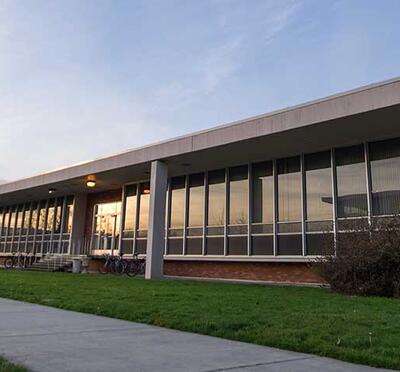Predicting the behavior of neutrons has been of fundamental importance for the nuclear security enterprise since the very beginning. Though we have come a long way from the days of using a series of wheels to simulate the movement in neutrons in a system, as Fermi did, Monte Carlo simulations that use random numbers to estimate the behavior of neutrons in a nuclear system still are a critical technology in the nuclear analytical toolkit.
Despite the inordinate progress made in Monte Carlo methods for neutron transport problems since the days of the Manhattan Project, there still is a host of open research questions. Paramount among these is how these methods scale with the next generation of supercomputers based on hardware that often penalizes non-deterministic programs. That is, can Monte Carlo still be a useful technology if exascale performance only can be achieved for non-random algorithms?
Taking up this charge with a specific focus on neutron transport for dynamic problems where the time-dependence of neutron interactions is key is the Center for Exascale Monte Carlo Neutron Transport (CEMeNT). This Focused Investigatory Center (FIC) in the Predictive Science Academic Alliance Program (PSAAP) of the Department of Energy/National Nuclear Security Administration (DOE/ NNSA) is a coast-to-coast collaboration between Oregon State University, the University of Notre Dame, and North Carolina State University. Upon viewing their list of research goals, it is clear that the team does not lack ambition, as this center aims to leverage computer science and machine learning technologies, advances in Monte Carlo transport for static problems, novel hybrid Monte Carlo-deterministic methods, and state-of-the-art verification, validation, and uncertainty quantification (VVUQ) to attack the problem. The team consists of computational scientists, applied mathematicians, and computer scientists due to the inherently multidisciplinary nature of the neutron transport problem. A key goal of the center is to train the next generation of thought leaders in the DOE/ NNSA mission space.
The center has notched several key successes in its first year of operation. In terms of computational methods, the team has demonstrated that using quasi-random sequences in Monte Carlo simulations can demonstrate faster convergence than the previously ineluctable slow convergence of the variance in Monte Carlo simulations, pioneered new techniques that combine the successes of previous DOE/NNSA investments in deterministic neutron transport and Monte Carlo, and provided new rigor and insight into the problem of controlling the computer memory used in a simulation with neutron population control techniques.
The successes are not limited to algorithmic improvements. The team has made progress in adapting wins from the nuclear energy side of DOE by building on the SHIFT code out of Oak Ridge National Laboratory for static neutron problems to demonstrate the challenges and opportunities unique to dynamic neutron transport. In parallel, so to speak, the center has demonstrated that novel metaprogramming techniques can be used to take Python-based codes and generate performant code on different architectures. All of this work is progressing hand-in-hand with the computer science thrust area of the center, which is taking dynamic scheduling and machine-learning-based approaches to resource allocation. Finally, the center is aware that their research needs to be rooted in VVUQ for there to be a wider impact on the DOE/NNSA complex. In this area the team is working to demonstrate their techniques on experiments of neutron irradiation of targets known as the pulsed sphere experiments. Moreover, they have developed a tight collaboration with Sandia National Laboratories (SNL) to implement novel, embedded uncertainty estimation techniques in the center’s codes as a way to battle-test the ideas before investing in implementing the ideas in SNL’s extant codes.
The next year promises further progress for the center. If this past year is any indication, we can be confident that with CEMeNT progress in important Monte Carlo simulations relevant to the DOE/ NNSA mission is on solid footing.



